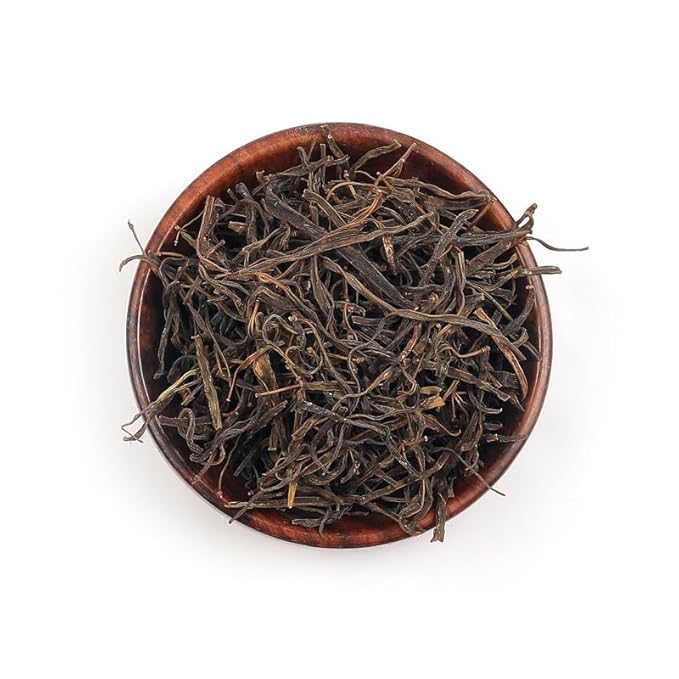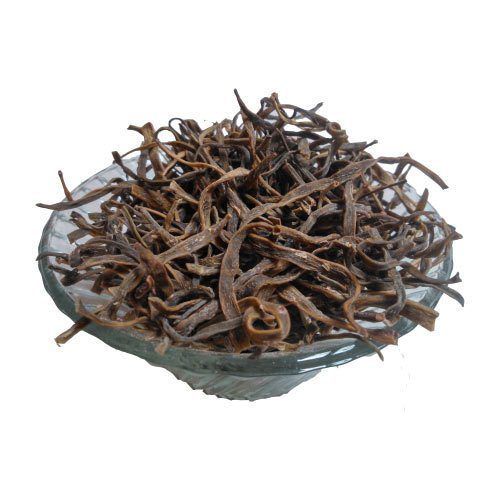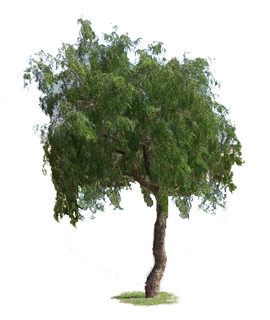Dry Sangri, also known as Kair Sangri, is a popular Rajasthani ingredient made from the dried beans of the Khejri tree, a desert shrub. It’s a dried bean-like pod that’s hand-picked, dried, and stored for year-round use. Sangri is a culinary gem, adding a distinct earthy flavor and nutritional value to various Rajasthani dishes, particularly curries, pickles, and chutneys.
Here’s a more detailed look at Dry Sangri:
- Dry Sangri is the dried pod of the Khejri tree (Prosopis cineraria), a staple in Rajasthani cuisine, particularly in the desert regions.
- It’s harvested from the tree, dried under the sun, and then stored for later use.
- When cooked, Sangri has a distinct earthy aroma and flavor, making it a unique ingredient in Rajasthani cooking.
- The Khejri tree, and therefore Sangri, is native to the arid regions of Rajasthan and parts of Gujarat, India.
- It thrives in desert environments, reflecting the resilience of desert cuisine.
- Sangri is a versatile ingredient used in various Rajasthani dishes.
- It’s commonly used in curries, pickles, chutneys, and even fried with salt and chilies.
- When making dishes with Sangri, it’s often soaked in water for several hours before cooking to rehydrate it.
- Sangri is a good source of fiber, protein, carbohydrates, and micronutrients.
- It may also contain antioxidants and other beneficial compounds.
- Its nutritional benefits contribute to its popularity as a wholesome and healthy addition to the diet.
- Sangri is a traditional ingredient that reflects the cultural heritage and resourcefulness of the Rajasthani people.
- It’s a symbol of the region’s ability to thrive in a challenging environment.







mrbamniya@gmail.com –
VERY NICE